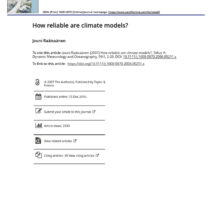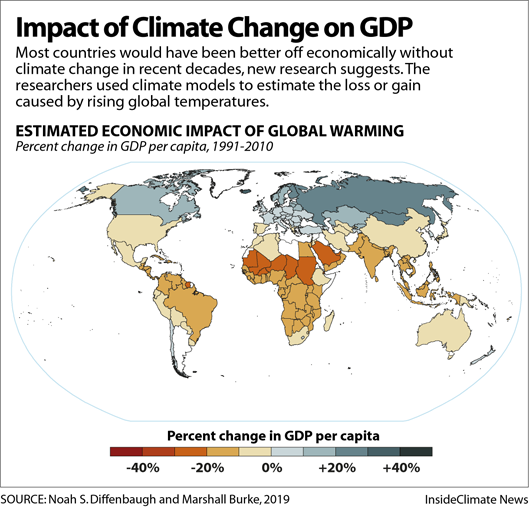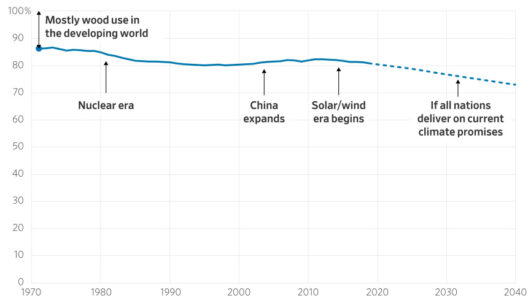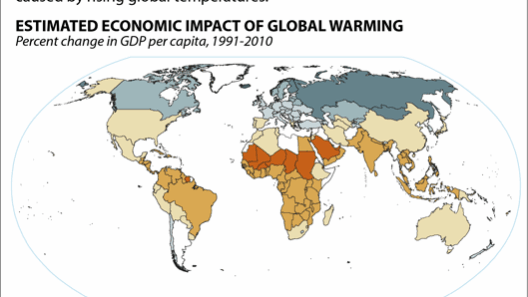The ongoing discourse surrounding climate change invariably brings a multitude of contributors into the spotlight. Among these, private jets often evoke a polarizing response. While they are a symbol of luxury and status, their environmental impact raises critical questions about their role in global warming. Do private jets significantly add to this pressing concern? To answer this, we must delve into the intricacies of aviation emissions, the comparative analysis of private versus commercial air travel, and the broader implications for our planet.
Private jets, although a fraction of the total aircraft in operation, have an outsized effect on carbon emissions. The aviation sector, as a whole, contributes approximately 2% to 3% of global emissions annually. However, private jets are particularly notorious for their high per-passenger emissions. Studies suggest that a private jet can emit up to 10 times more CO2 per passenger than a commercial flight. This stark disparity is largely attributed to the fact that private jets fly with fewer passengers, often only one or two, making their carbon footprint exceedingly large when divided across a small number of individuals.
To put this into perspective, consider a round-trip flight from New York City to Los Angeles. A commercial airline may carry over 150 passengers, whereas a private jet may only accommodate six. When analyzed through the lens of emissions, the private jet can release as much as 20 times the carbon emissions per passenger compared to the commercial flight. This fact is alarming, particularly when one reflects on the cumulative impact of the affluent using private jets for short distances—trips that could otherwise be made through more sustainable transportation options.
Furthermore, the types of fuel utilized in private jets also warrant discussion. Most private jets operate on aviation gasoline or Jet A, a kerosene-based fuel. The carbon emissions resultant from these fuels are exacerbated by the high cruising altitudes at which private jets operate. At these elevations, the consequences of greenhouse gas emissions can be more pronounced due to the formation of contrails and cirrus clouds, which consequently trap heat in the atmosphere. This phenomenon highlights not only the direct emissions from fuel consumption but also mobile climate effects that amplify global warming.
Another often overlooked aspect is the environmental costs of maintaining and operating such aircraft. The manufacture of private jets results in extensive resource extraction and considerable manufacturing emissions. Steel, aluminum, and other materials utilized in construction necessitate energy-intensive processes that do their part in contributing to the carbon footprint of each jet, even before it takes flight. When one considers the lifecycle of a private jet—from production through operation—its toll on the environment becomes undeniable.
It is worth exploring the ethical dimensions as well. The conundrum arises: Should a wealthy few be permitted such extravagant travel at the expense of our planet? While the economic contribution of the private aviation sector is significant, it raises uncomfortable questions about equity and societal responsibility in the face of a mounting climate crisis. The disparity between the lifestyles of the affluent and the experiences of the average individual becomes starkly evident when juxtaposed with the knowledge that climate change disproportionately affects the most vulnerable populations worldwide.
The extensive rhetoric surrounding solutions to climate change often emphasizes individual responsibility, but the conversations regarding the affluent should be amplified. Initiatives such as carbon offsetting have gained traction in recent years; however, these measures can inadvertently provide a “get out of jail free” card for those deriving luxury from unsustainable practices. While offsetting may seem beneficial, it often fails to address the core issue: the need for reductions in carbon emissions at source rather than trading for absolution.
Legislation offers a potential pathway to more sustainable practices in private aviation. Emerging discussions around taxes, fees, and regulations aimed at the aviation industry are promising. Some countries are exploring the imposition of higher taxes on private jet usage to encourage more sustainable travel behaviors. By instituting a tax system that reflects the environmental costs of such travel, it is conceivable that air travel could pivot towards greener avenues while fostering a cultural shift in how we perceive and utilize private jets.
Yet amidst the burgeoning discourse around regulation and corporate responsibility, individual choice remains paramount. For those who possess the financial means and options to travel privately, conscious decisions can significantly pivot the environmental impact. Opting for commercial travel as a consumer, embracing remote conferencing technology, and supporting alternative transportation methods are pressing actions that individuals can champion. Ultimately, the choice to eschew private jets for greener alternatives not only contributes to a reduction in emissions but encourages systemic change by shifting social norms around flight.
In an age of heightened awareness regarding the climate crisis, it becomes apparent that each flying machine represents a multifaceted dilemma. The brief allure of private jet travel can overshadow its substantial contributions to the very fabric of contemporary global warming. The choice not to fly private, in favor of a more sustainable model of transport, emphasizes a collective commitment to preserving the planet. The pursuit of high comfort should not eclipse the responsibility to safeguard our environment. As people reconsider their travel habits, they contribute to a larger narrative of sustainability. Thus, while private jets may not singularly dictate the fate of global warming, their impact looms large, necessitating a reevaluation of choices and lifestyles in an increasingly fragile world.







